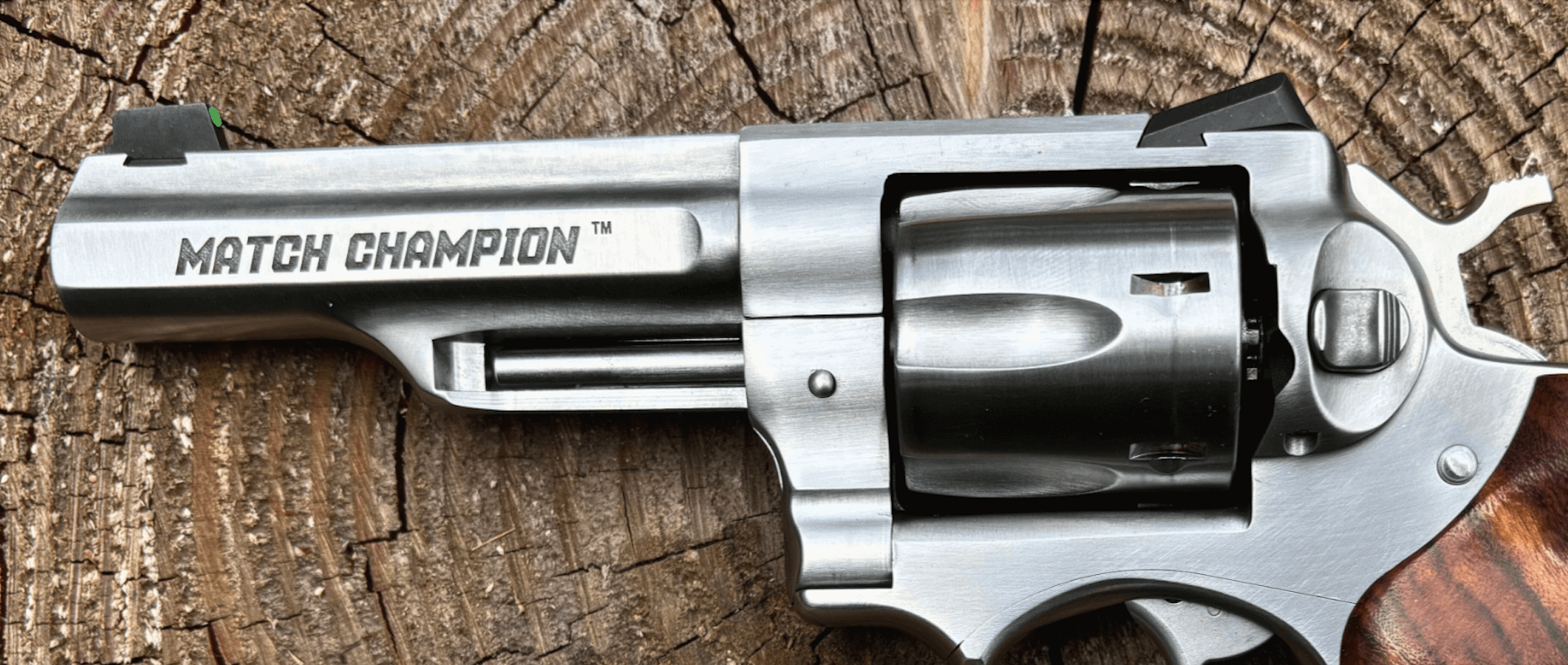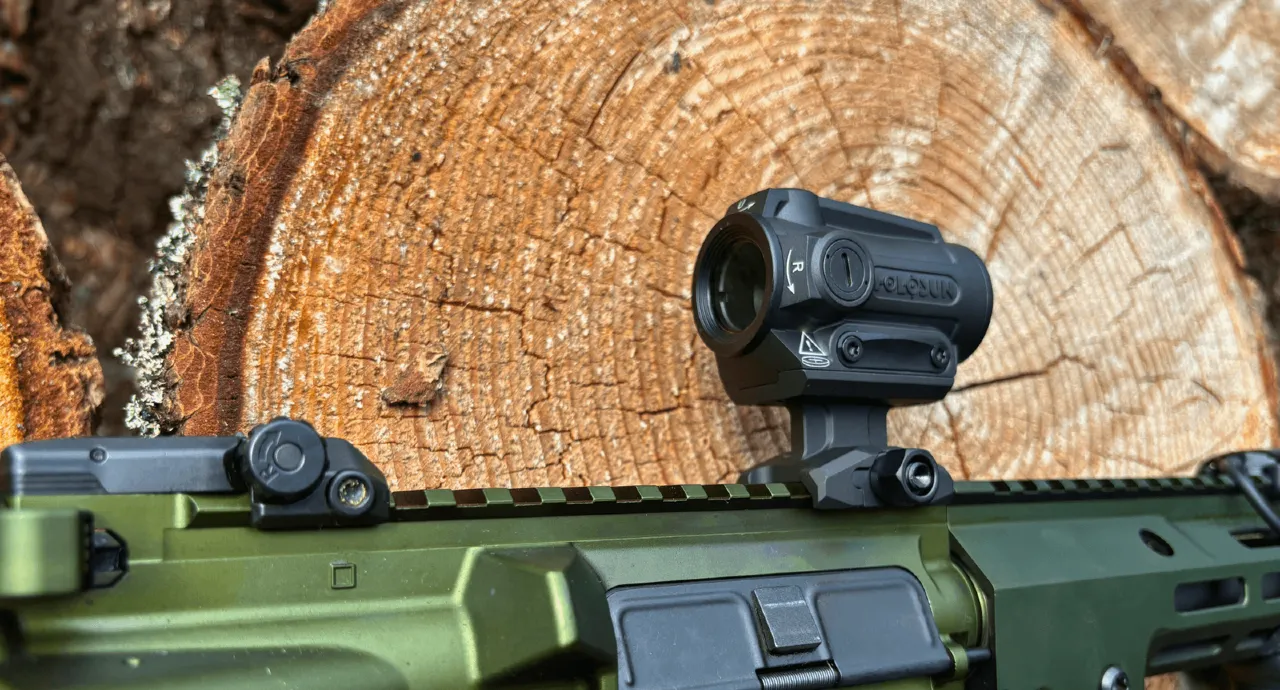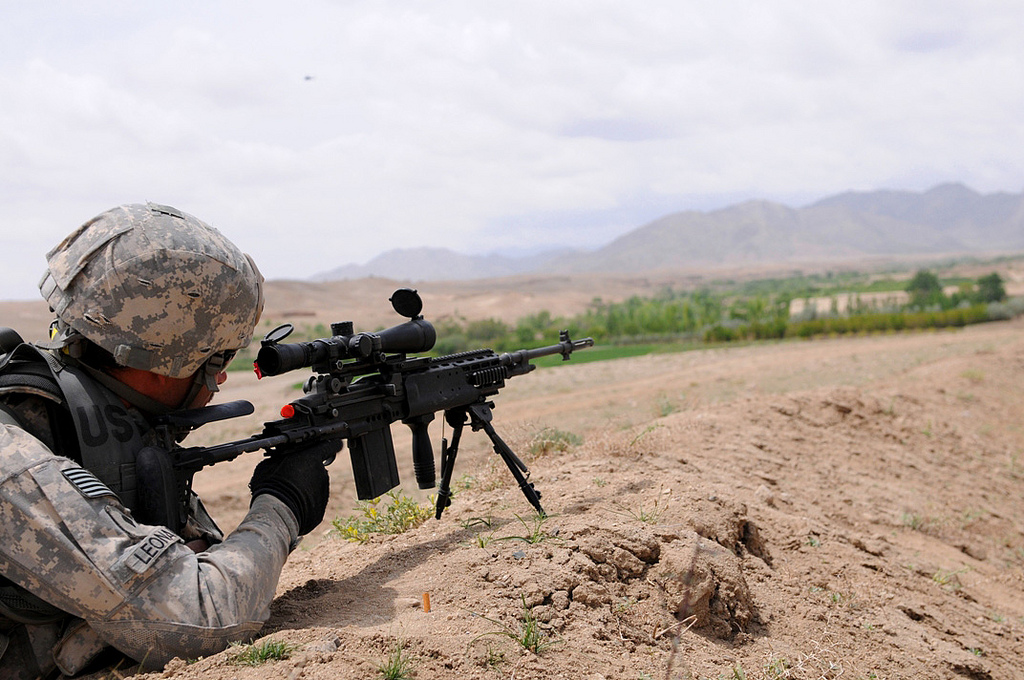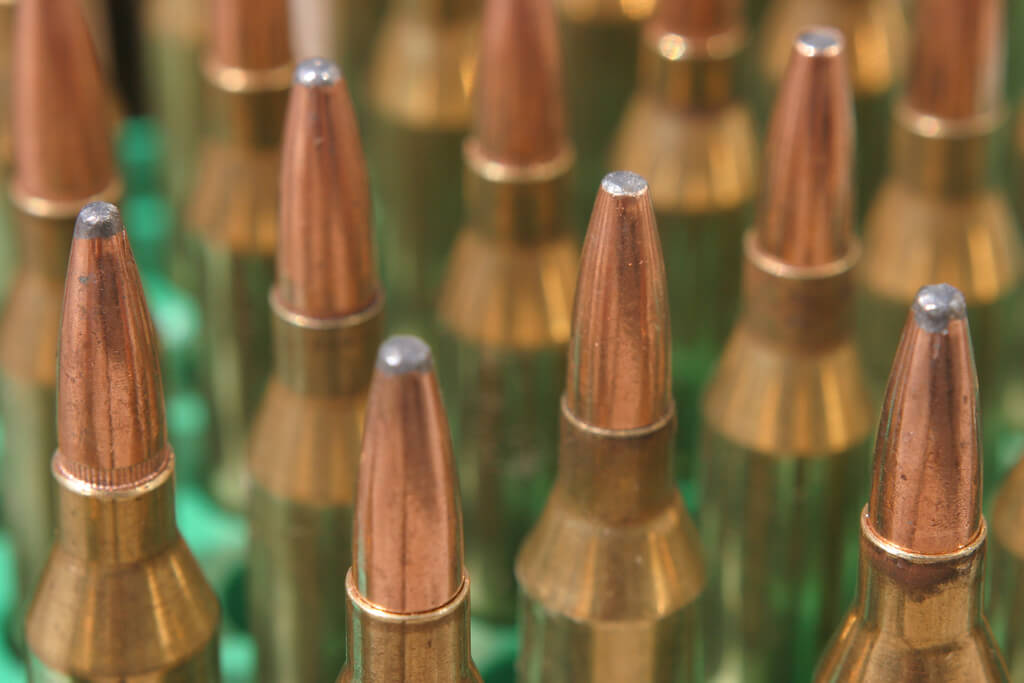Long-range tactical precision is being able to fire a weapon over an extremely long distance without affecting the direct surroundings. So, the .408 Cheyenne Tactical rifle was tested to confirm ballistic performance of the 419-gr. bullet and long-range accuracy. The results include information on the shoot ability of the rifle configuration and recommended modifications.
Rifle Test Background
A baseline for expected outcomes was defined for the rifle and 419 gr. bullet, based on a predicted ballistic co-efficient of .900 at a muzzle velocity of 2900 fps. The predicted results were defined against several elevation settings and windage corrections using SOE methods and techniques for long range shooting, taking into account that most bullet’s ballistic co-efficient value deteriorates when the bullet takes flight downrange. Different instruments were used to determine barometric pressure, air temperature, and ammunition temperature and monitor the barrel temperature.
The .408 Cheyenne Tactical rifle was tested 5300′ above sea level in an environment with a mix of unpredictable conditions. The barometric pressure fluctuated from 26.15 In. Hg. to 26.85 In. Hg, which meant an hourly recalculation the elevation settings.
The air temperature varied between 40° F and 65° F throughout the test and the ammunition maintained 70° F monitored by NECO temperature strips. The barrel temperature for long-range shots over 1700 meters was checked and subsequent firing was only done when the barrel temperatures was the same for every shot.
Numerous tests were carried out with different settings against the prepared data set. The outcome offered insight into the strengths and weaknesses of the .408 Cheyenne Tactical, which allowed an analysis for suggested adjustments.
Rifle Test Results
Cheek Piece Assembly
For prone shooting, the cheek piece does not extend forward enough and although it’s not uncomfortable, it doesn’t provide a good stock weld. The optical sight is in the slot nearest the shooter and the cheek piece sits directly under the shooter’s cheekbone. With extreme elevation settings, the scope begins to “cat-eye” and proper cheek support is required for crucial eye relief.
Solution: Extend the existing cheek piece 1.5″ to 2.0″ forward or attach an extension.
Pistol Grip Assembly
The .408’s pistol grip is based on the M-16 rifle, designed for combat patrolling and offers comfort while carrying the rifle at low ready. The angle isn’t suited to good prone shooting as its too far to the rear. All long-range competition guns have a vertical pistol grip. So, the .408 grip can be replaced with something similar to the grip on the H&K PSG-1 rifle, which is more vertical with a palm swell and a removable and adjustable palm rest platform.
Trigger Pull Setting
The test revealed a measured trigger pull of over 8 lbs. For long-range shooting, it makes it too easy to disturb the lay of the gun system while trying to get a clean release. When the trigger weight was lowered to 3 lbs, the results yielded a superb trigger pull. Because the deep curve of the trigger is extreme, it diminishes the shooter’s mechanical advantage when the trigger pull is heavy. Any creep is accentuated with a heavier than measured trigger pull.
Solution: Replace the Remington’s trigger with a Jewell or other match trigger which is vertically longer with a more vertical profile.
Monopod Assembly
The gun was set as low as possible to obtain a stable platform, so a monopod wasn’t used. The gun is extremely heavy from the steel weight and vibrates loose.
Solution: Replace the entire assembly with a composite unit made of Delrin.
Scope Base
During testing, there was damage to the base from the claws on the scope ring. Because dings and dents affect the zero repeatability, more testing of the armored aluminum should be done to determine the repeatability of zero when removing and reinstalling the optical sight. The base bearing surface was too thick at .270″ which caused the claw mounts on the rings not to bear correctly on the scope base. It doesn’t affect the accuracy, but it does contribute to the optical sight (and non-centered windage) misalignment and non-repeatability of the optical sight when removed and replaced.
Solution: Use steel in the scope base because the expansion rate of heated aluminum differs to the steel rings. They should be the same to ensure repeatability of the day sight. The weight gain is worth it. Machine the cross slots for the ring mounts all the way to the end of the base to use attached ocular lens night vision devices. Use a base angle optimized to the specified optical sight.
Forward Bipod / Gun System Support
The bipod makes the system too heavy and although already shortened from its original length, it’s still too tall. The shooter’s head and neck is raised into an uncomfortable position that could cause physical problems later. The rifle is more suited to bench rest shooting positions than prone tactical positions. Being too far to the rear, the bipod and its mounting is not flexible and doesn’t allow using different methods. For example, sling supported, or resting on a rucksack or a tree branch.
Solutions: You should be able to fire it from any conventional and unconventional shooting position other than a bipod position. It is possible to achieve this using a tube similar to the AR-15 rifle that consists of a round aluminum tube integrated into the barrel nut.
When tested with an extended bipod attaching rod, the overall stability was greatly improved. If the bipod is closer to the shooter’s shoulder and not the muzzle, it becomes vulnerable to shooter induced disturbances. Extreme range shooting demands stability so the bipod should be extended at least 13 – 15 inches.
BONUS OFFER: Get your free shooting range targets to print at home!
Get your free targets to print at home!
Summary
The .408 Cheyenne Tactical is an extremely proficient long-range interdiction rifle and no other rifle and ammunition combination surpasses its accuracy and indefinite distance potential. Making some adjustments and modifications to the heavy bullet, the .408 CheyTac is a frontrunner for extreme range snipers.














